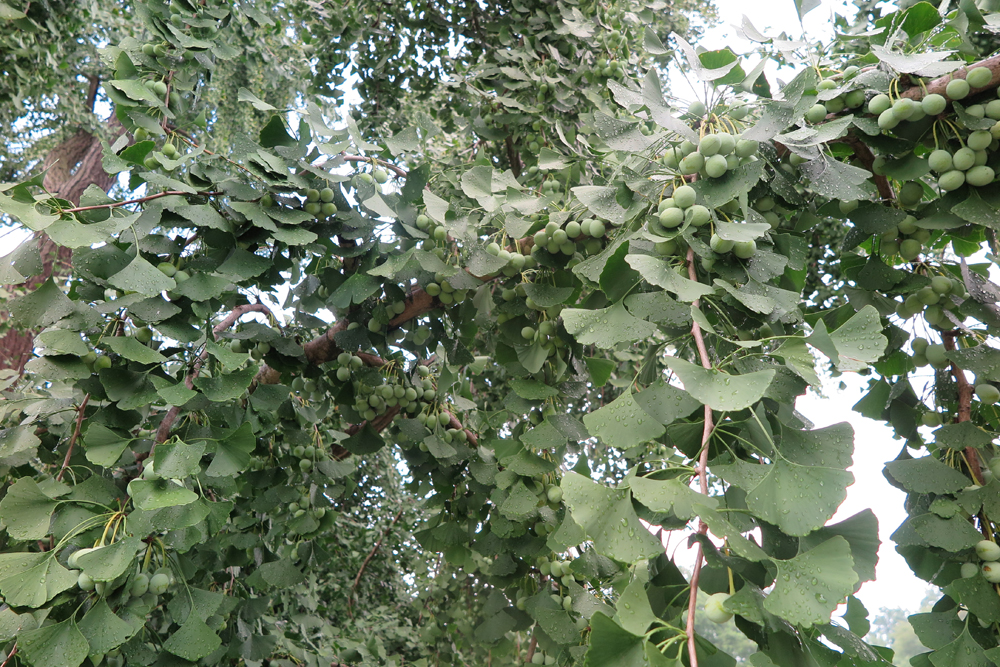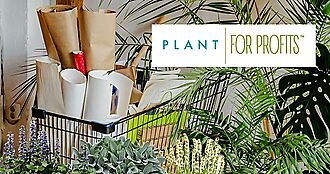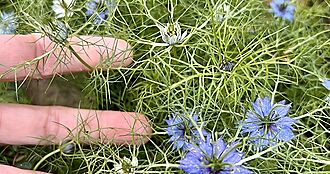Ginkgo
Ginkgo
There is not a leaf in the tree kingdom that is as distinctive and elegant as the ginkgo’s. This tree is the perfect choice if you’re looking for both architectural form and stunning fall color.

Growing
In Texas, ginkgo prefers will grow in full sun, but appreciated some shade from larger trees in the late afternoon. The soil should be fertile, sandy and well drained, but this tree adapts to most conditions. It is also tolerant of urban environments.
Tips
Although its growth is very slow, ginkgo eventually becomes a large tree that is best suited as a specimen tree in parks and large gardens. It can also be used as a street tree. If you buy an unnamed plant, be sure it has been propagated from cuttings. Seed-grown trees may prove to be female, and the stinky fruit is not something you want dropping on your lawn, driveway or sidewalk.
Recommended
G. biloba is variable in habit. The uniquely fan-shaped leaves can turn an attractive shade of yellow in fall. Several cultivars are available. There are actually quite a few named varieties available these days, including variegated, weeping and dwarf selections. ‘Autumn Gold’ is a 40-foot tree that offers up especially bold fall color, ‘Pendula’ is a weeping dwarf selection good as a smaller specimen in landscape beds or containers and ‘Troll’ is a very compact specimen perfect for patio containers.
Also called: maidenhair tree
Features: conical in youth, variable with age; deciduous tree; summer and fall foliage; habit; bark; pest free
Height: 40’–100', dwarf varieties 2’-12’
Spread: 10’–100' or more, dwarf varieties vary.
Hardiness: zones 3–9
Notes: Ginkgo sheds nearly all of its golden fall leaves within a single day, making raking a snap.


